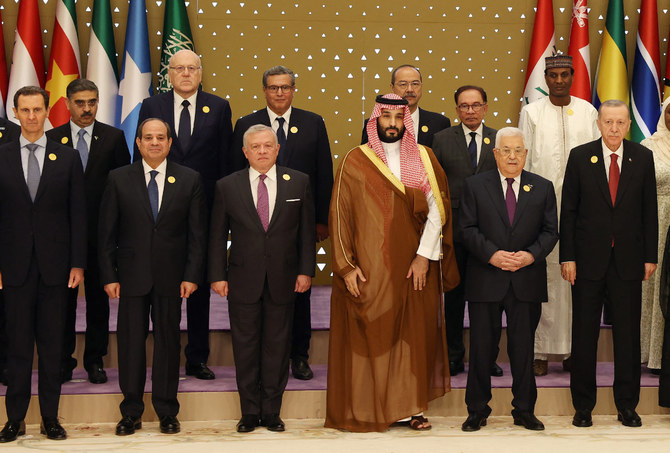
The year has been a blast in space exploration, from Nasa’s big step in returning to moon missions, to glimpses at the origins of the universe and hope that humanity could survive the doomsday scenario of an asteroid hurtling towards Earth.
These are the events that shaped 2022 in space advances:
Back to the moon
Nasa hadn’t sent a crew-capable spacecraft to the moon for half a century when Artemis 1 blasted off from Florida’s Cape Canaveral in November. Atop the mighty Space Launch System (SLS), the most powerful rocket in history, the unoccupied next-generation Orion capsule flew 1.3m miles on a 25-day flight to test the hardware and support systems for sending humans back to the lunar surface and beyond.
Orion splashed down in the Pacific Ocean on 11 December, 50 years to the day since two Apollo 17 astronauts became the last of only 12 moonwalkers in history. Mission managers are still assessing data from the Artemis mission but the program looks on track for a crewed lunar flyby in 2024 and a scheduled moon landing the year after.
A glimpse of creation
In July, the $10bn James Webb space telescope sent back the highest resolution images ever seen of distant galaxies as they were billions of years ago, promising astronomers a glimpse into the dawn of creation.
The stunning clear color pictures of the unseen universe were hailed by the Nasa chief, Bill Nelson, as a new era in astronomy, showcasing Webb’s ability to peer back 13.5bn years, close to the big bang. “We are going back almost to the beginning,” he said.
In November, Webb found two more galaxies, one that may have formed just 350m years after the big bang.
A moving occasion
In a “watershed moment for planetary defense” in September, Nasa crashed a multimillion-dollar, car-sized spacecraft into an asteroid the size of a football stadium and proved for the first time it could alter the orbit of a celestial body.
The Dart mission (Double Asteroid Redirection Test) was an unprecedented experiment of the space agency’s capacity to defend Earth from the doomsday scenario of a huge asteroid on a collision course.
The impact shortened the orbit of Dimorphos around the larger Didymos asteroid by about 32 minutes, to 11 hours and 23 minutes.
Private investigators
The first all-private crew of astronauts returned from the International Space Station (ISS) in April, the three wealthy paying guests joining a former space shuttle commander onboard the Axiom 1 flight on a SpaceX Falcon 9 rocket launched at Cape Canaveral.
The civilian astronauts, Larry Connor, Eytan Stibbe and Mark Pathy, paid an estimated $55m for the 17-day mission, during which they joined US and Russian crews aboard the ISS and conducted more than 25 research projects, incorporating regenerative medicine and space technology.
Former Nasa chief astronaut Peggy Whitson is slated to command Axiom 2 in May 2023.
Breath of fresh air
The potential for humans to one day live on the red planet came a step closer in August when researchers announced that a lunchbox-sized instrument named Moxie (Mars oxygen in-situ resource utilization experiment) had been generating breathable oxygen.
Moxie, part of Nasa’s Perseverance astrobiology project on Mars, was successful in producing oxygen over seven experimental runs, in a variety of atmospheric conditions, day and night, through different Martian seasons. Each run produced at least 6g of oxygen an hour, similar to the rate of a modest tree on Earth.
Scaled-up versions of Moxie could become part of the Nasa Artemis program that aims to land humans on Mars in the 2030s.
Chinese space debris
China’s space program sparked global outrage in November when a chunk of a rocket used to deliver a module to its new Tiangong space station fell to Earth uncontrolled, triggering the closure of European airspace and hundreds of flight delays.
It was the second time in 2022 that parts of China’s Long March rockets had threatened populated areas, prompting calls from space experts for the “irresponsible” country to clean up its act. Chinese space debris has previously fallen on the Maldives and India.
China completed construction of Tiangong for a crew of three in 2022, and is already considering expansion.
Russia goes it alone
The Russian space agency Roscosmos announced in July it was to end its two-decade partnership with the US over the International Space Station, and planned to focus on building its own orbiting outpost.
Analysts linked the move to Russia’s invasion of Ukraine, as US-Russian tensions grew over the conflict. The announcement came barely three months after a crew of Russian cosmonauts boarded the ISS in the yellow and blue colors of the Ukraine flag.
Russia’s President Vladimir Putin reportedly replied “good” when Yuri Borisov, the newly appointed head of Roscosmos, told him Russia was out after fulfilling ISS obligations to 2024.
Commercial travelers
Boeing joined Elon Musk’s SpaceX in May as the only commercial companies to have docked their space vehicles at the International Space Station, a major step forward in its plans to ferry humans aboard its Starliner crew capsule.
SpaceX continues to dominate the commercial space market with two crewed missions to the ISS in 2022, among the 61 total launches it planned this year.
Boeing, a long-time partner of Nasa, has trailed SpaceX in development of a crew capsule. Its first crewed Starliner test flight has been delayed until no earlier than April 2023.












